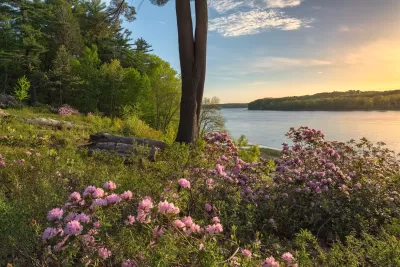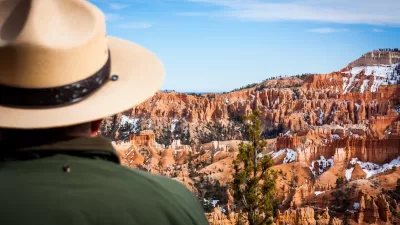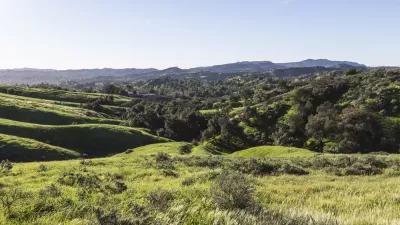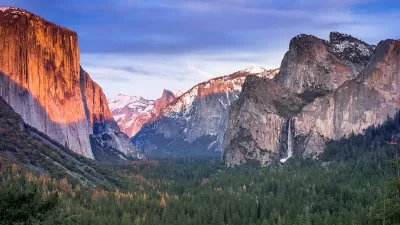A new study estimates that recent land conservation generated $9.8 billion in wealth nationally through the housing market and that wealthier and White households benefited disproportionately.

A growing number of leaders at all levels of government in the U.S. and abroad have made commitments to achieve “30×30,” the goal of conserving 30 percent of lands and coastal waters by the year 2030 to fight climate change, advance conservation, and protect biodiversity. While there has been much emphasis on determining which lands should be conserved, there has been little discussion or analysis about who benefits most from the protection of additional natural lands. Land conservation efforts across America sustain ecological and other benefits while generating wealth in the housing market through the capitalization of amenities. In this paper, researchers Corey Lang, Jarron VanCeylon, and Amy W. Ando estimate the benefits of conservation that are capitalized into proximate home values and quantifies how those benefits are distributed across demographic groups.
Using detailed property and household-level data from Massachusetts, this study estimates that new land conservation led to $62 million in new housing wealth equity. However, homes owned by low-income or Black or Hispanic households are less likely to be located near protected natural areas, and therefore, these populations are less likely to benefit financially. Direct study of the distribution of this new wealth from capitalized conservation is highly unequal, with the richest quartile of households receiving 43 percent, White households receiving 91 percent, and the richest White households receiving 40 percent, which is almost 140 percent more than would be expected under equal distribution. The authors extend their analysis using census data for the entire U.S. and observe parallel patterns. They estimate that recent land conservation generated $9.8 billion in wealth through the housing market and that wealthier and White households benefited disproportionately. These findings suggest regressive and racially disparate incidence of the wealth benefits of land conservation policy.
Please refer to the source article for details.
FULL STORY: Distribution of capitalized benefits from land conservation

Study: Maui’s Plan to Convert Vacation Rentals to Long-Term Housing Could Cause Nearly $1 Billion Economic Loss
The plan would reduce visitor accommodation by 25,% resulting in 1,900 jobs lost.

North Texas Transit Leaders Tout Benefits of TOD for Growing Region
At a summit focused on transit-oriented development, policymakers discussed how North Texas’ expanded light rail system can serve as a tool for economic growth.

Why Should We Subsidize Public Transportation?
Many public transit agencies face financial stress due to rising costs, declining fare revenue, and declining subsidies. Transit advocates must provide a strong business case for increasing public transit funding.

How Community Science Connects People, Parks, and Biodiversity
Community science engages people of all backgrounds in documenting local biodiversity, strengthening connections to nature, and contributing to global efforts like the City Nature Challenge to build a more inclusive and resilient future.

Alabama: Trump Terminates Settlements for Black Communities Harmed By Raw Sewage
Trump deemed the landmark civil rights agreement “illegal DEI and environmental justice policy.”

Dear Tesla Driver: “It’s not You, It’s Him.”
Amidst a booming bumper sticker industry, one writer offers solace to those asking, “Does this car make me look fascist?”
Urban Design for Planners 1: Software Tools
This six-course series explores essential urban design concepts using open source software and equips planners with the tools they need to participate fully in the urban design process.
Planning for Universal Design
Learn the tools for implementing Universal Design in planning regulations.
City of Santa Clarita
Ascent Environmental
Institute for Housing and Urban Development Studies (IHS)
City of Grandview
Harvard GSD Executive Education
Toledo-Lucas County Plan Commissions
Salt Lake City
NYU Wagner Graduate School of Public Service





























